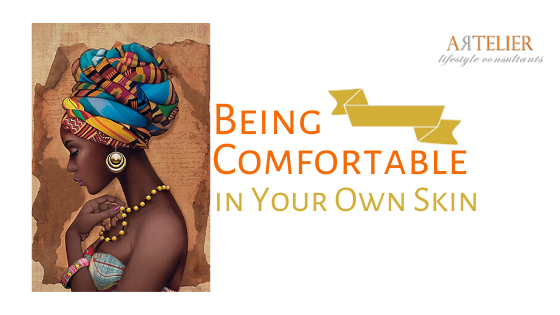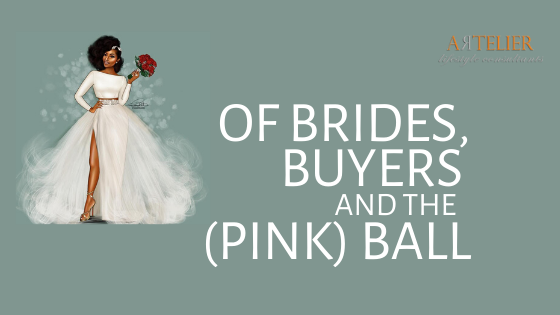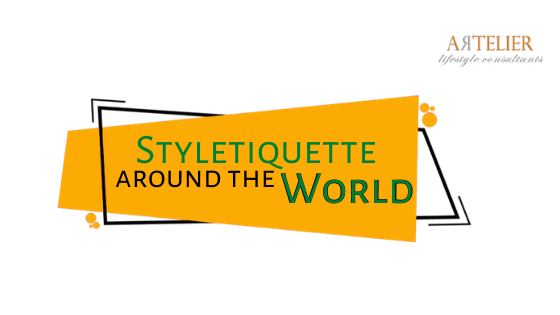No, it’s not what you’re thinking…this is neither a best-dressed list nor is it about people (and they are many) who have impacted positively on fashion. This is about sundry influences or movements that I look upon as game changing in the world of fashion. Obviously there are too many to mention all at once and depending on who you are and what appeals to you, there may be names you want to include or exclude..but this is my little list of what I consider significant catalysts in fashion evolution.
MAC
When this Canadian company burst onto the scene in 1985, it wasted little time in kicking stereotypical ideas of beauty to the curb with the introduction of a practical, no-holds-barred range of cosmetics in colours and a density of pigmentation that were hitherto unknown, coupled with an innovative approach to retailing. MAC is quite simply, a game-changer. The undisputed authority on professional makeup in the cosmetics industry, it revolutionized foundation with its Studio-fix powder, which promised long wear and essentially zero shine, eliminating the need for constant touchups. While the range is not perfect (is any thing perfect?) as some people have been known to react to the powder foundations etc, there is really no rival for it’s kaleidoscope of colours, and plethora of formulations, all to be had at arguably competitive prices. Their decision to give back by supporting HIV/AIDS sufferers was also pivotal. The story of MAC is a story that reminds us all not to despise the day of small beginnings, as the business which was begun in a small kitchen by a photographer and a now deceased beauty salon owner, Frank Toskan and Frank Angelo respectively, (who formulated all their lipsticks themselves in pots!), has steadily grown from there to the mega brand it is today. Colour and innovativeness set MAC apart.
African Fashion
African fashion has stubbornly refused to ‘curl up in its little corner’ and after many long years of being ignored and even despised, is in fact threatening to take over the world. Gone are the days when the monochromists ruled the world, today it’s all about prints, prints, more prints and glorious colour! Definitely game changing. And even though the origin of our popular Vlisco fabrics is Dutch and therefore European, the truth remains that from the start, rich West (and Central) African textile traders have dominated its client base, and have been responsible for most of its fabric designs (which today number over 300,000) in the nearly 200 years it has been in existence. As the renowned British-Nigerian artist, Yinka Shonibare MBE – who uses the fabrics in his installations – put it, the fabric is ‘cross-bred’. In other words, the evolution of the Vlisco prints has been at the behest of Africans and African demand, a slow but complete adaptation over time to our unique tastes. These rich, colorful fabrics have caught the eye of many a designer including Dries van Noten, Stella Jean, Jean Paul Gaultier and many more but the fact remains that Africa is responsible for roughly 95% of sales, and with its spawning of other African based textile mills such as Uniwax, Woodin, and GTP etc, Vlisco actually employs twice as many people on our continent as it does in The Netherlands. It is firmly and indisputably part of our style culture. Many of us remember our Mothers’ and Grandmas’ love affair with Hollandais, English wax and so on. If only those early merchants had found a way to acquire at least part ownership of those mills! Of course African fashion is by no means limited to the wax prints, but includes designs in every imaginable fabric including rich and authentically African fabrics such as the South African Shwe shwe, Ghanaian Kente, various African batiks as well as our home grown Adire, currently being promoted aggressively by the likes of Ade Bakare and Nike Art Gallery. Africans are naturally pizzazzy and it is this quality which pervades their fashion, and is drawing celebrities the world over to Maki Oh, Jewel by Lisa, Duro Olowu, Frock it Rock it and the many others.
Fashion Journalism
Before the studio album of that title, there was a Virginia Slims advert that said ‘you’ve come a long way, baby!’ The same can be said for fashion journalism, whose journey has been nothing short of spectacular, from magazine coverage to television and now to the internet. It is hard to believe that there was a time when designers like Givenchy and Balenciaga would place embargoes on any press coverage of their collections, and press reports could only be made after the conclusion of ‘Press weeks’ which in turn were held months after the collections had already been shown to buyers! With time of course, the benefits to be gained from press coverage became more apparent and fashion journalism has been well on its way since. Today, Vogue magazine’s September edition, also known simply as the ‘fashion edition’, is still considered an annual media highpoint, and was even the subject of a 1990 documentary “The September Issue”.
The next frontier was television, and in 1980 the pioneering CNN show ‘Style with Elsa Klensch’ was launched. It further closed the distance between the public and the designers with its broadcasts of fashion shows and the latest collections around the world; even taking the cameras backstage to witness the creative process behind the shows, a practice which was practically unheard of at the time. Since then, the variety of fashion themed programming on television has multiplied from makeover shows to runways, reality series and everything in between. The Internet, Social Media, and the global ‘rise and rise’ of the fashion blogger has probably had the biggest effect on the industry yet, not unlike a seismic wave! Traditional media has predictably been overtaken by digital media and there has been no greater influence on the democratisation of Fashion. Today, there is a free and constant flow of fashion information from streaming of fashion shows to designer interviews, sneak previews of collections, Red carpet triumphs and fails, who is covering Vogue or Elle magazine and so on and so forth. The conversation continues. Like me, you probably wonder what the next big milestone will be for fashion journalism. Not bad for a genre with humble beginnings as a seventeenth century gazette for ladies in France, and which for a very long time was not even considered serious journalism.
In other news..
A welcome development for the Nigerian fashion space with the announcement of a N1 billion fashion fund by the Bank of Industry (BOI) as part of its pledge to develop small and medium scale enterprises through special funds and credit products. While reading that piece of news, I realised that I had undervalued the global fashion industry by more than a few billions; apparently it is worth over a trillion dollars. That is a lot of money for anyone to play in or be around. It gets even better with the Bank of Industry expressing a desire to help revive the Nigerian Textile industry which has been under siege by cheap and cheerful substandard fabrics from the Far East, not to mention inconsistent policies over the years, and infrastructural issues occasioned by erratic power supply, which tends to drive production costs through the roof. The consequences of this siege on the larger economy, are tremendous. We must get things right, for when we do, the multiplier effect of job opportunities, foreign exchange earnings and the overall fillip to Nigeria’s image would be huge.
There are a lot of things that would help add value to the fashion sector and I am sure the stakeholders are thinking.
Have a fashionable month!






